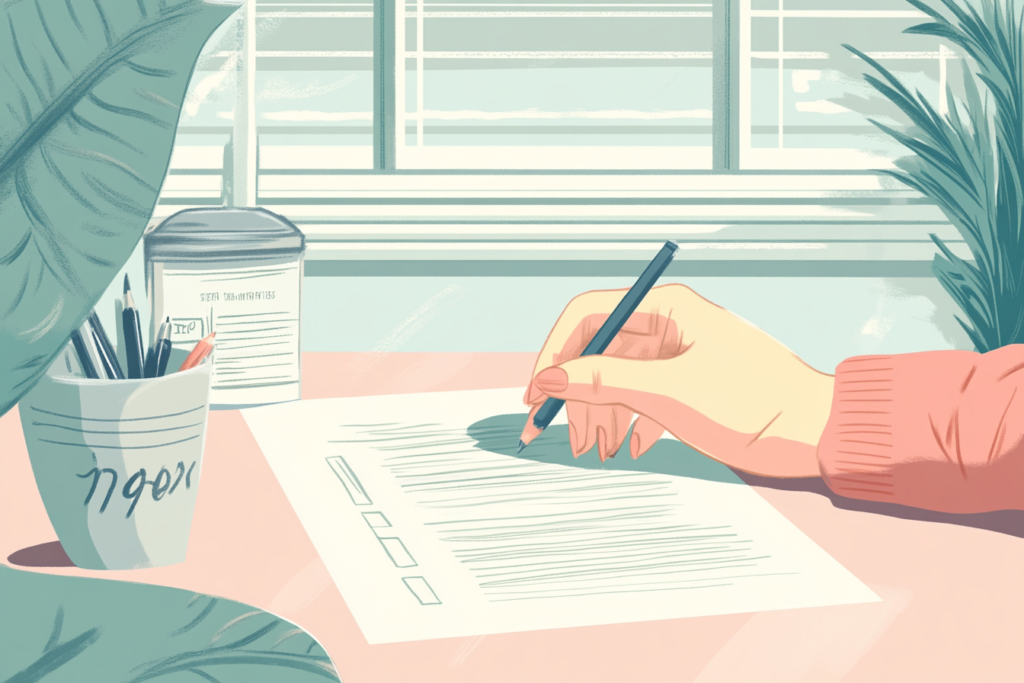So, you’re going to get a mortgage soon. This is a monumental life step for anyone. But, if you’ve never done it before, it can also feel overwhelming. Your home will probably be the biggest purchase of your life, and there are so many steps you need to go through to ensure you get that dream house.
Well, it’s important to know that you won’t just walk into a bank or credit union and immediately get your mortgage approval. Such a large loan takes time to get approved. But, your lender doesn’t want to necessarily slow your buying process. That’s why mortgage approvals have “pre” stages. As you try to secure a mortgage, you might go through a mortgage prequalification and a mortgage preapproval. It’s important to know how these two differ to understand how they impact your home-buying journey.
What is Mortgage Prequalification?

When you approach a lender for a mortgage application, the first step is often a mortgage prequalification. You provide the lender with general information about your financial standing, including outstanding debts, income, and assets. The lender will review this data and give you an estimate of what you might qualify for in a mortgage loan.
However, a mortgage prequalification isn’t a guarantee. The lender must verify the information you have submitted before confirming your eligible loan amount.
A mortgage prequalification is helpful because it allows you to understand how much you can get. While your lender is formalizing your mortgage application, you now have an amount you can work with to search for potential properties.
You don’t have to provide your lender with exact figures for mortgage prequalification. They’ll have to do their due diligence and confirm all your financial data anyway. Still, you should be as accurate as possible so your prequalification isn’t far from your final number.
Prequalifications are typically free and can be done online or over the phone. You can usually expect a response within 1-3 business days after submitting a prequalification request.
A prequalification checks your creditworthiness with a soft inquiry, which means it doesn’t impact your credit score.
What is Mortgage Preapproval?
After you get your mortgage prequalification, you must submit records to verify your finances. A mortgage preapproval is much more thorough as the lender verifies your financial situation. The lender will also conduct a hard inquiry into your credit, where they’ll get full access to your credit report.
You’ll also have to submit a formal mortgage application.
Preapproval usually takes one day to a full week. Incomplete or missing documentation prolongs the approval process.
A mortgage approval includes the mortgage amount and the interest rate you’ll be offered. Your interest rate is helpful because it can give you an idea of what your monthly mortgage payment will look like.
Lenders spend a lot of time and resources on mortgage approvals, so there’s often an application fee.
Why Was My Mortgage Prequalification and Preapproval Amounts So Different?
Usually, a mortgage prequalification and preapproval are relatively close together. There can be many reasons why the two amounts end up being dramatically different, including:
- Credit Score: Your credit report showed details that make an extreme impact on your preapproval.
- Forgotten Debt or Assets: You forgot about some debt(s) or asset(s) in the prequalification process, and the amount is large enough to impact your preapproval.
- Incorrect Data: You grossly misrepresented your finances during the prequalification process.
- Irrelevant Data: You included information in your prequalification process that doesn’t apply to your preapproval, such as ineligible income.
- Debt-to-Income Ratio Concerns: Your debt-to-income ratio is too high, so the bank hesitates to increase your debt levels further.
Why Bother With a Mortgage Prequalification?
So, if your mortgage preapproval is the “real” amount you can be approved for, you might wonder why anyone bothers with a prequalification. A mortgage prequalification is an important starting point. Since it’s free to do, doesn’t impact your credit, and gives you a quick answer, you can do it anytime.
Many people choose to do their prequalification when they’re still months to a year out from the preapproval step to give them some guidance. A prequalification can give you a rough idea of what kind of property price you should look at, how much you need for a down payment, and how to change your budget for future mortgage payments.
What Comes After a Mortgage Preapproval?
After you get your preapproval and find a home to buy, you’ll enter a loan commitment with your lender and finalize the mortgage.
Does a Prequalification vs. Preapproval Matter in the Buying Process?
If you’re trying to purchase a property, a seller will be much more comfortable dealing with someone who has secured a preapproval versus a prequalification. A preapproval is more guaranteed and means the person has been vetted.
However, you will receive a prequalification letter when you go through the process. You can show the letter to buyers to show your commitment to the purchase.
Do I Have to Take the Full Preapproval Amount?
Your lender may approve you for “more house” than you wanted to buy. Just because you can get a $900,000 loan doesn’t mean you should get a $900,000 loan. Before you get preapproved, decide on the amount you want and can afford. The last thing you want to do is get into the situation of being house poor just because the bank thinks you can afford a lot.
Getting Started
Now you know just how many steps your mortgage application process will take. Even if you’re not ready to buy right now, go ahead and get a mortgage prequalification to better understand what you can potentially afford. It’s an easy but important first step.
You might also be interested in: Is Peer-to-Peer (P2P) Lending the Right Option For You?


